QR Codes in Print: For Marketers and Designers
Published on August 09, 2025
Today! Businesses want faster and more innovative ways to connect offline customers to online content. One of the very best tools for this job is the QR code. Short for Quick Response, it bridges the gap between print and digital. From flyers and brochures to packaging and posters, QR codes in print are everywhere. But correctly printing them is vital for them to work.
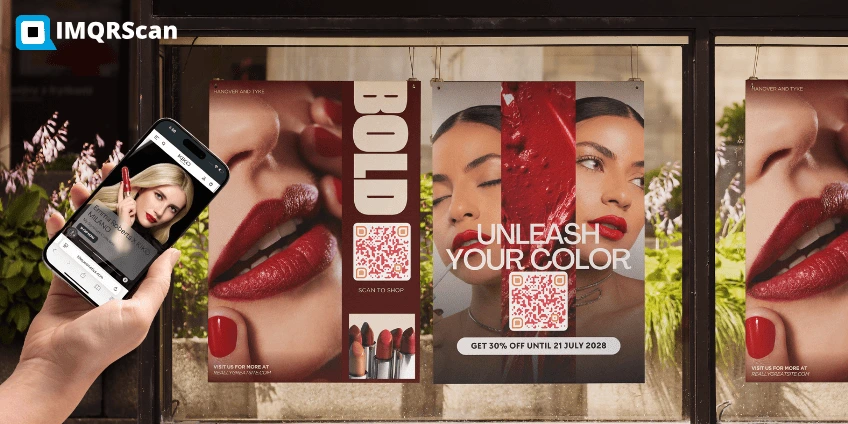
A printed QR code is a type of barcode. People scan it with their mobile phone camera. After scanning, they can open a website, a video, a PDF, or a social media page.
QR codes can be printed on flyers, stickers, or product boxes. Make sure the code looks clean. It has to work well and also look fine.
There are lots of valid reasons to add QR codes to your print campaigns:

To make sure your printed QR code works every time, follow these verified steps:
Always export your QR code in a high-quality format like PNG, SVG, or EPS. Avoid low-resolution JPGs that may blur when printed.
The minimal secure size for printed QR codes is 2 x 2 cm (0.8 inches). Go bigger for larger objects like posters or signage. Always remember the viewing distance.
Dark QR codes on light backgrounds are satisfactory. Avoid using similar colorings that reduce assessment. If you need style, you may choose branded hues; however, test before printing.
Add a clean area (margin) around your QR code, called the quiet zone. It’s vital for dependable scanning. Usually, 4 modules of padding (small blocks) are enough.
Scan your QR code with one-of-a-kind smartphones and lighting situations. Make sure it results in the right web page and loads speedily.
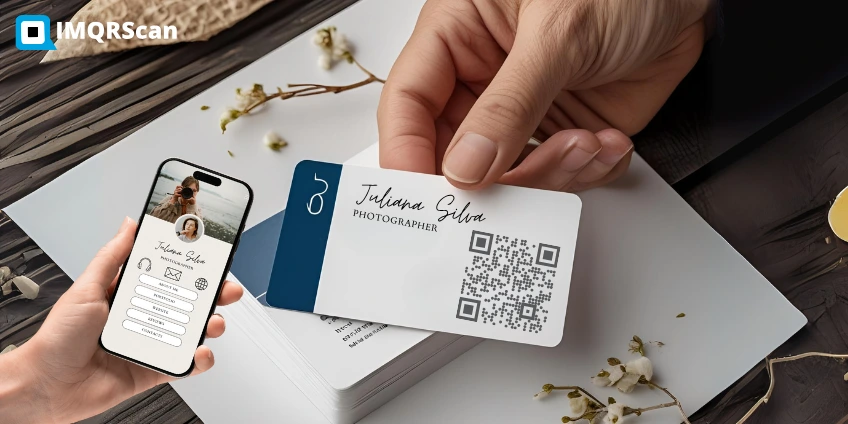
There are infinite locations in which printed QR codes add value. Some of the most effective print materials include:
Don’t fill your card with too much textual content. Just add a QR code on your vCard. It can be linked to your profile, portfolio, or LinkedIn page.
Perfect for events or product launches. Readers can experiment with tickets, RSVP forms, or touchdown pages.
Use QR codes on products to link to tutorials, instructions, purchaser reviews, or discounts.
Let readers scan to download virtual versions, watch videos, or explore more details.
Add a QR code that takes customers at once to a product web page or a limited-time offer.
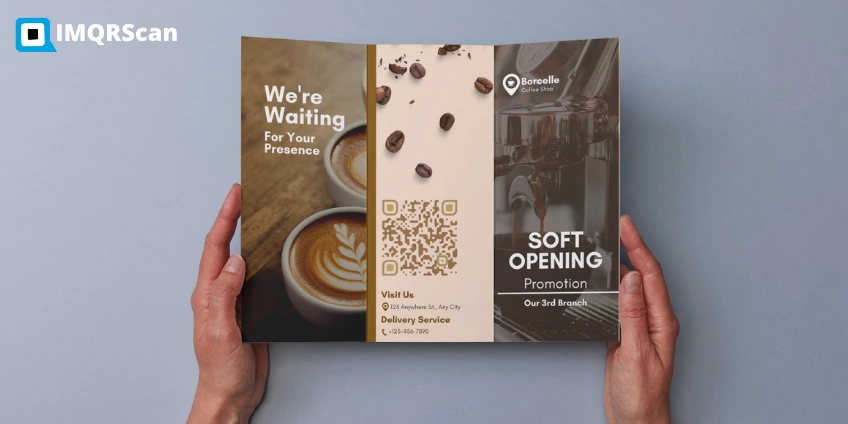
Yes, but it's the simplest option if you use dynamic QR codes. These are editable after printing. You can trade the URL or destination without converting the broadcast code.
Static QR codes, however, are permanent. Once printed, you can't change the destination. That’s why dynamic QR codes are more desired for advertising , marketing, or long-term purposes.
Some businesses now use 3D printing to add QR codes. They print them immediately on products, trophies, or machine parts. While they look cool, the code nonetheless desires to be scannable. The same policies apply: proper comparison, spacing, and surface clarity.
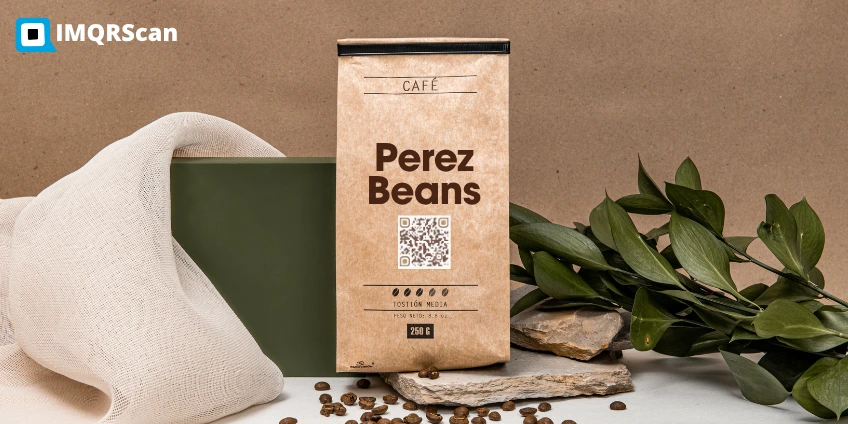
A daily printer can do the process if you use top-notch files and the proper settings. For many stickers or labels, use a QR code or thermal printer.
At IMQRScan.com, we assist you in generating easy, scannable, and custom QR codes for free. Want to print QR code on a product? Need to create QR code stickers? Do you need to check how to print QR codes in huge sizes? We have the right tools for you.
You can download your QR codes in a transparent PNG layout. This method does not use white bins, so they can easily be located on any design or print layout.
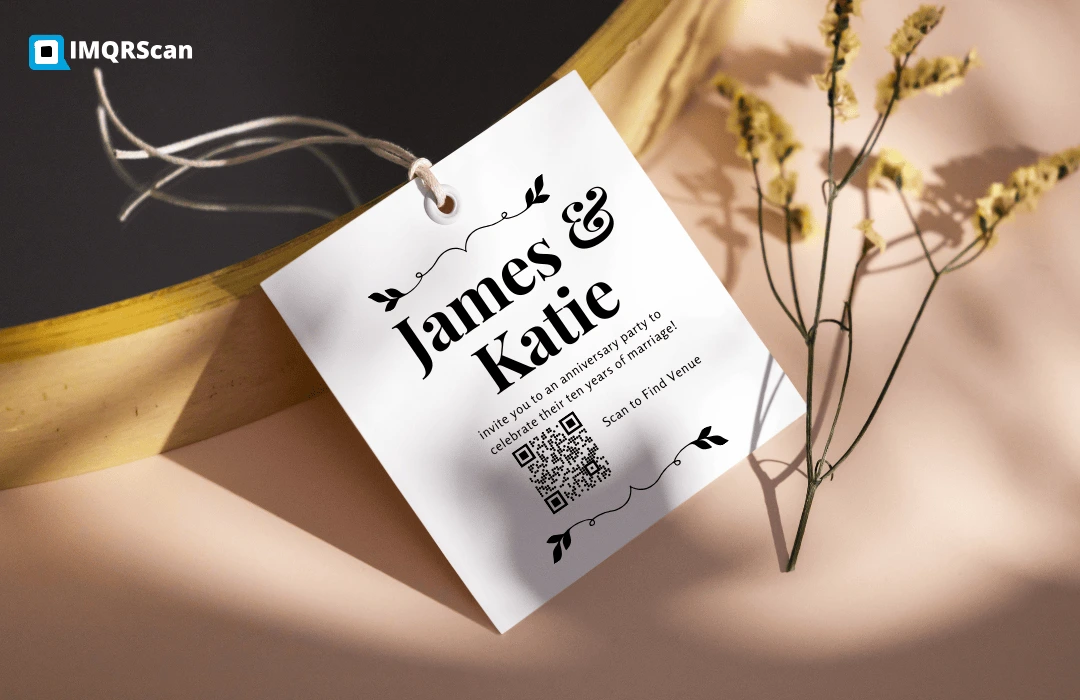
QR codes in print are more than just a trend. They are a smart way to link the real world to the digital one. You can use them to sell a product, run a marketing campaign, or collect contact information. But you have to use them the right way. Good printing makes a big difference. With an easy tool from IMQRScan, you can make your published items higher, quicker, and more fun to apply.
Here's What You Need to Know
: Use PNG, SVG, or EPS for sharp, high-resolution printing.
Yes, but take a look at them first. Too much glare can affect scanning.
The blank area around the QR code helps scanners read it effectively.
Yes,as long as the surface and contrast make it scannable.
At least 2 x 2 cm, or larger if scanned from a distance.
Only with dynamic QR codes. Static ones are fixed
It’s a specialized printer for high-quality barcode and QR code printing.
Yes, but keep a strong contrast. A dark foreground on a light background works best.
Yes, with a good inkjet or laser printer and the right recorder.
Use dynamic QR codes with analytics from systems like IMQRScan.com.